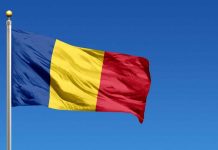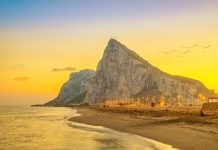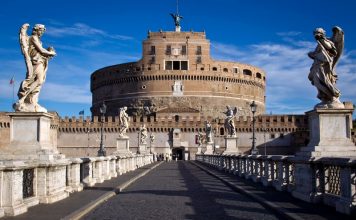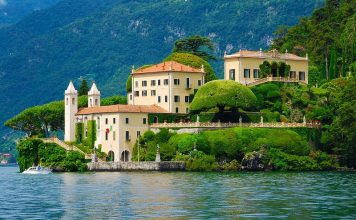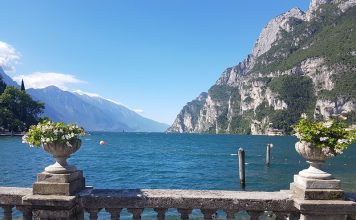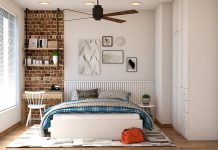Many people know France as the birthplace of the French language, which is the lingua franca in many countries of the world. For others, France is known for being home to the Eiffel Tower, one of the most recognizable structures in the world. Others know the country from its history, for being one of the European colonial powers in the 19th century, and for the French Revolution of the 18th century. However, there are many interesting facts that few know about the country.
1. France has the second longest railway in Europe, after Germany
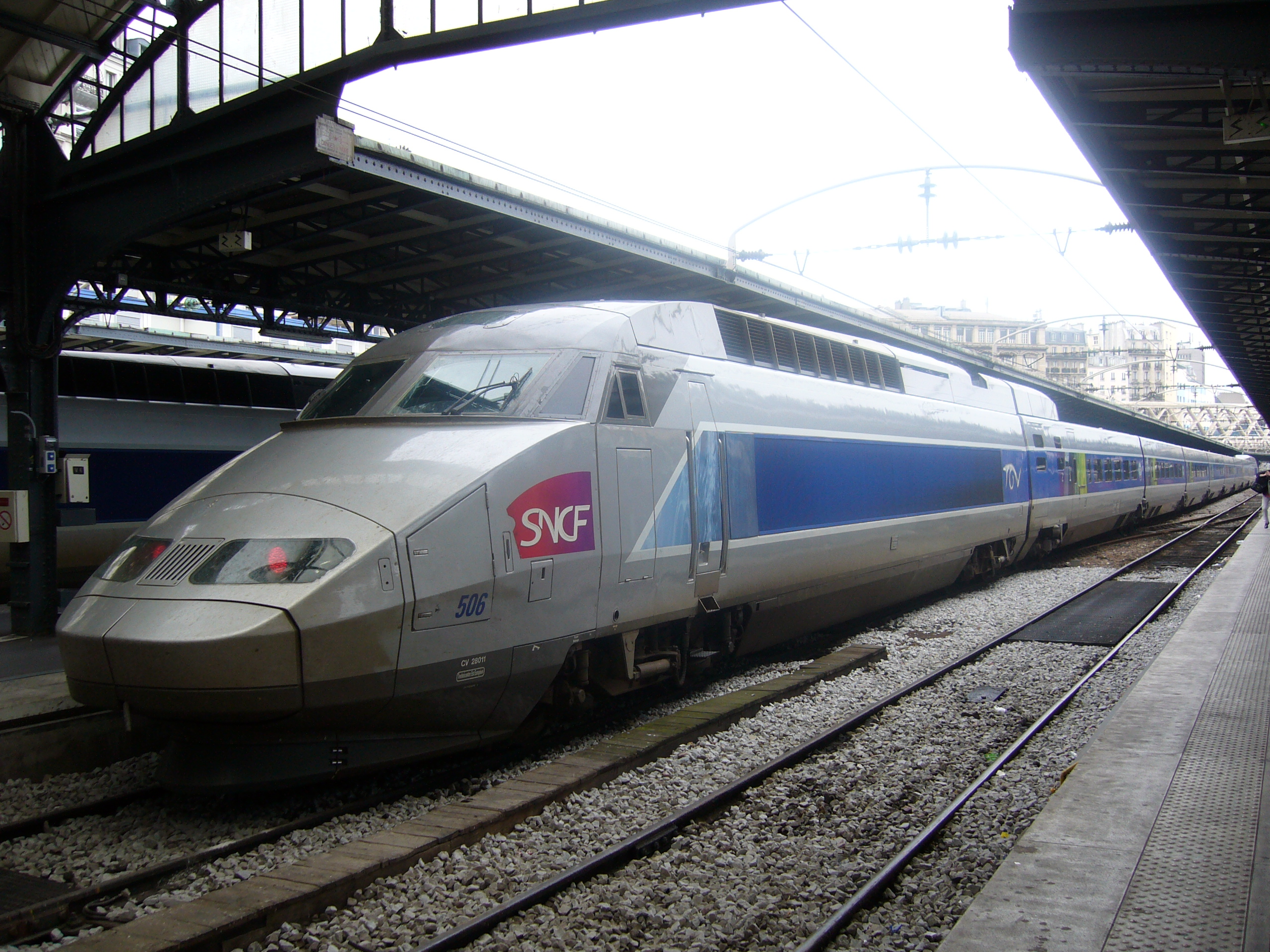
The country’s rail network consists of 18,580 miles of railway lines, a length that is only surpassed in Europe by the German rail network. Double-track railways make up the bulk of the rail network as they stretch a total of 10,218 miles in length. 1,166 miles of the rail network are intended for high-speed lines. The French railway network connects the country to neighboring countries, including Italy, Spain, Luxembourg and Switzerland. The rail network extends and connects to England via the Channel Underwater Tunnel. Rail systems in France account for only 10% of total passenger travel in the country. Rail transport in the country is operated by SNFC, which is the country’s national railway company.
2. France had a monarchy
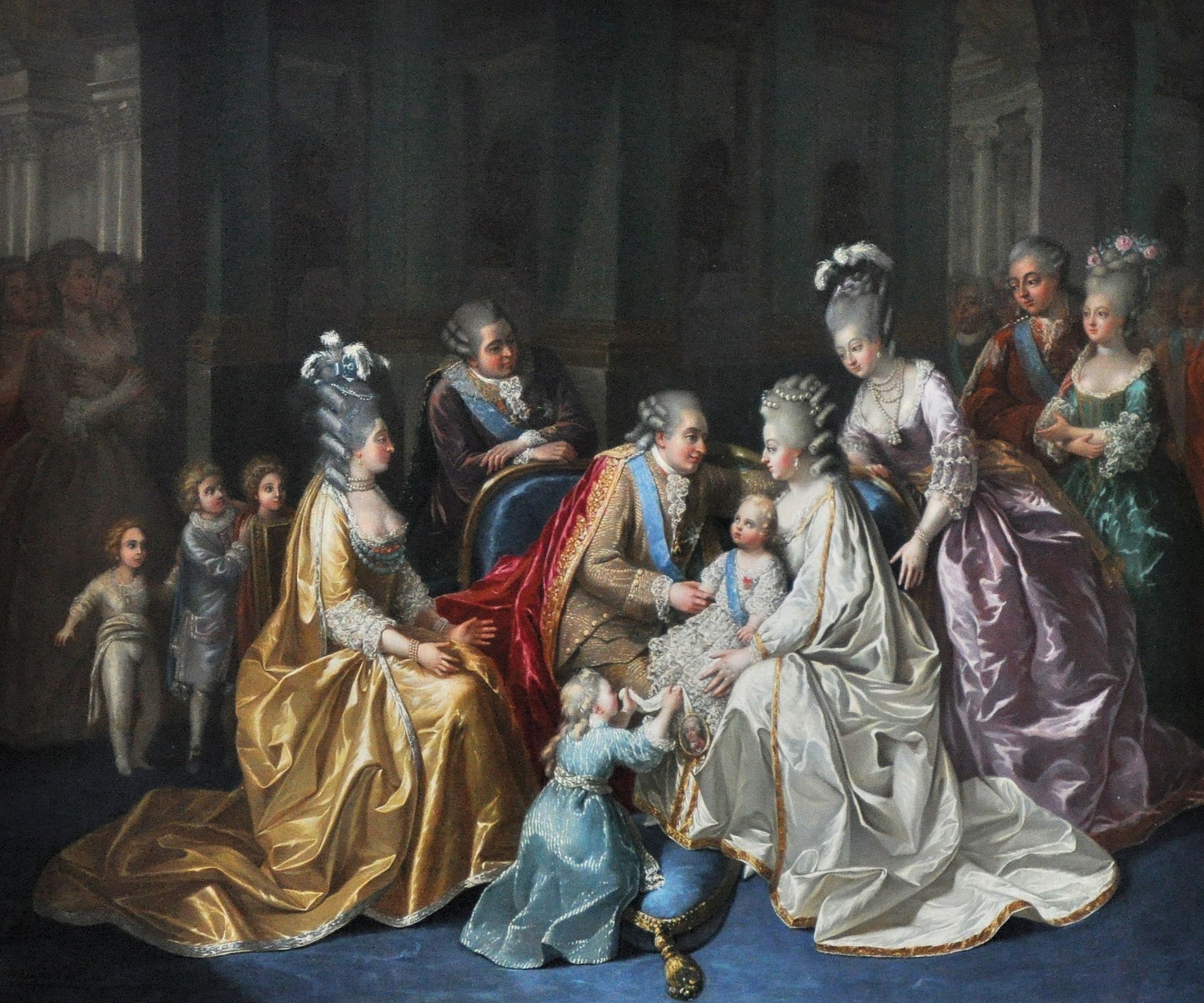
Before it became a republic, France was known as the Kingdom of France. The monarchy existed for the years 861 between 987 and 1848, a period that far exceeds that of which France was a republic. Even before 987, there were earlier dynasties in the region corresponding to present-day France, these were known as Frankish empires and had monarchies dating back to 486. The first dynasty was Merovingian, which was a Salian dynasty of the Franks. The monarchy in present-day France was founded in the 10th century with Hugh Capet being its first king and ruled between 987 and 996. The last of the French monarchs was Emperor Napoleon III who reigned until the monarchy was abolished in September 4th, 1870.
3. Paris is home to only one stop sign

Skipping a stop sign is less of a concern for Paris drivers, because the whole city has only one stop sign. The one-of-a-kind sign is located in the city’s 16th administrative district, near the exit of a construction company building. According to Reader’s Digest, the only stop sign in Paris disappeared between May 2012 and September 2014 and was not returned. It is unclear if the sign was stolen or if it was allowed to be removed. Therefore, currently Paris does not have any stop signs in the whole city. The only other place where drivers have to stop is at the many traffic lights on the Paris road network. While there are no stop signs in the city, there are numerous other signs in the city that keep the streets of Paris immersed in chaos. The most common sign is the red circle with a line in the center, indicating “Do not enter”, a sign showing a one-way unit. There are other “No Left Turn” signs.
4. French cuisine is one of the most influential types of cuisine in the world
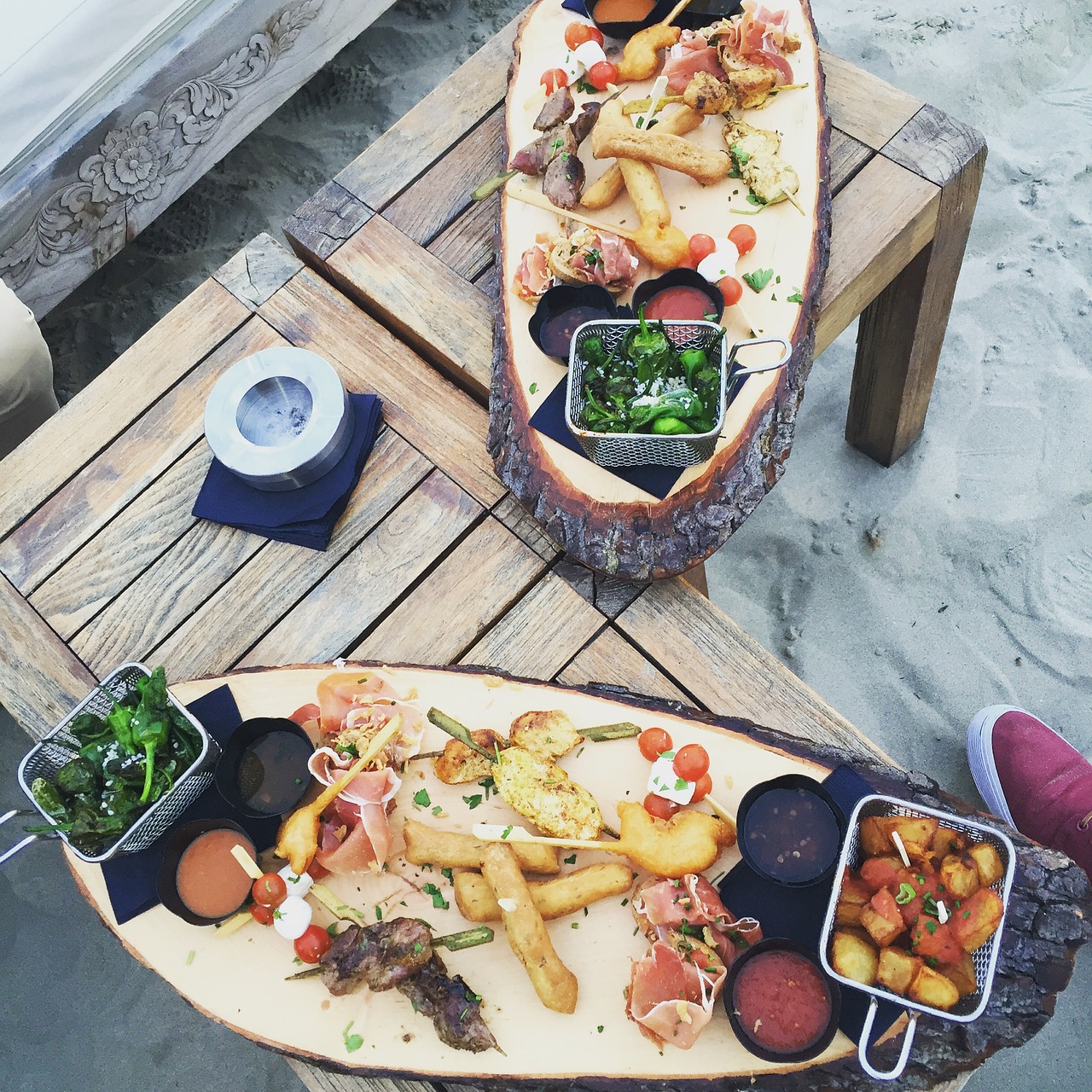
While the global popularity of French cuisine has declined in recent years, it is still among the most influential types of cuisine in the world. The type of cuisine is present in almost every major restaurant around the world. In recent years, the country has sought to revive the pre-eminence of French cuisine in the world by hosting a major culinary event known as the “Good France” where the best of French cuisine is offered.
5. France is home to incredible historic caves

The Lascaux caves are among the main tourist attractions in France and have even been declared a World Heritage Site by UNESCO. What distinguishes the caves is that on their surface are some of the best preserved prehistoric cave paintings in the world. The paintings offer a glimpse of France as it looked prehistoric, and are evidence that lions, rhinos and hyenas once lived in France. Despite the cave paintings dating back to the 30,000s, the attention to detail on the caves is astonishing. Open to the public since 1948, replicas of the Great Hall of the Bulls and the Painted Gallery Caves were created in 1983 as a means for tourists to view the site while protecting the prehistoric paintings.
6. France receives more tourists than anywhere else on Earth
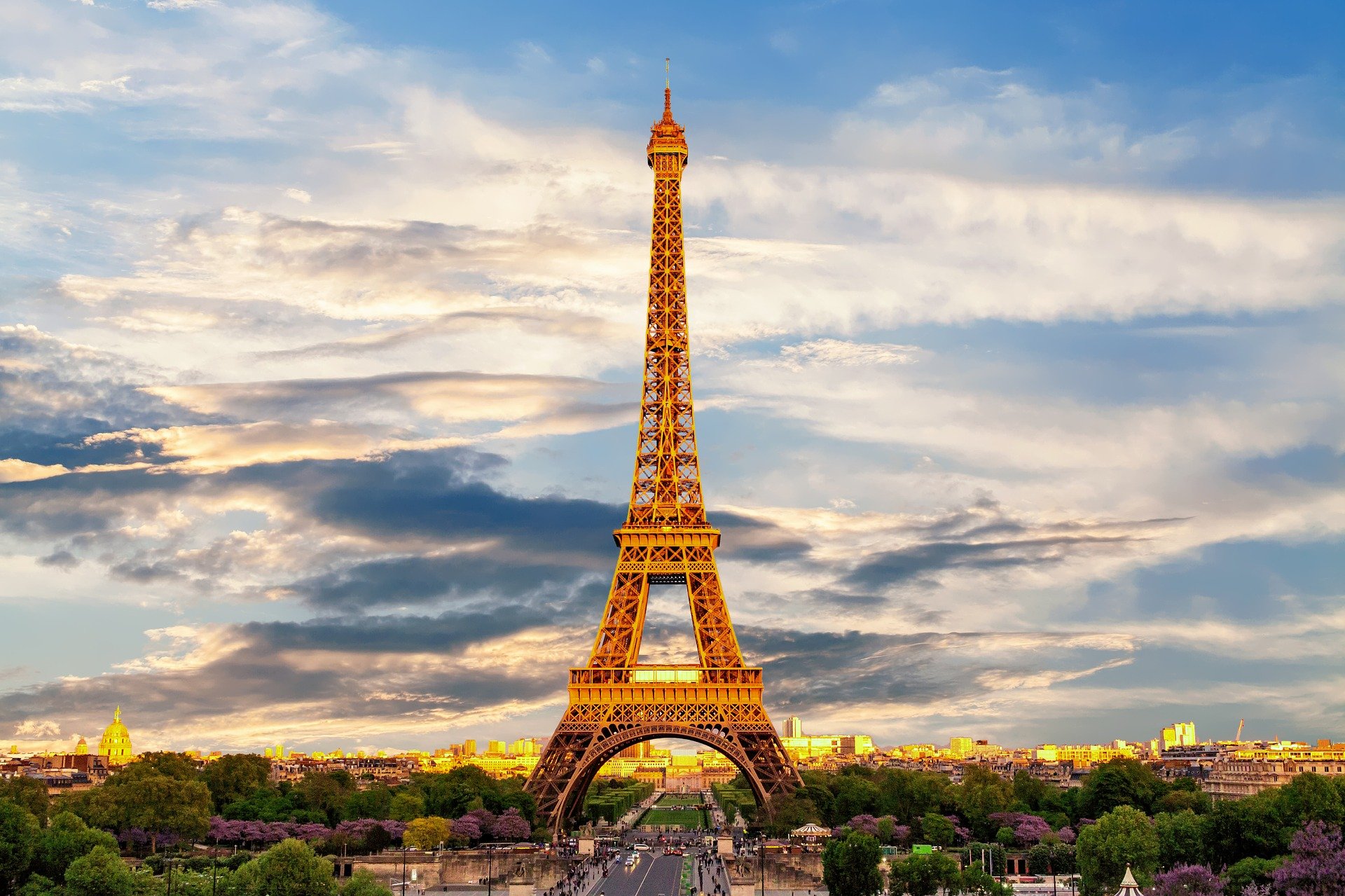
Tourism is an important economic pillar for France, accounting for about 9.7% of the country’s GDP. About 85.7 million international tourists visited the country in 2013, the largest number of foreign tourists in the world. No other country in the world has hit the 70 million mark, with the United States attracted 69.8 million visitors. More than 6.2 million international tourists come from Switzerland. France shares a border with eight other countries and this makes it easier for tourists to enter the country. However, Germany shares its borders with nine other countries, while China and Russia share borders with 14 countries and come nowhere near France.

